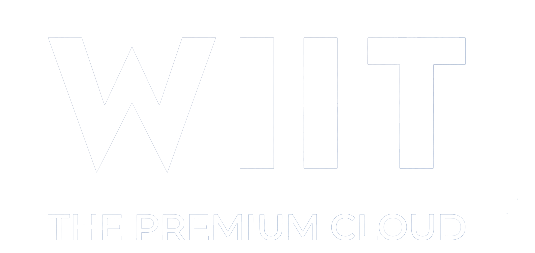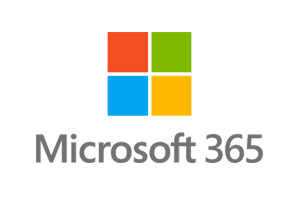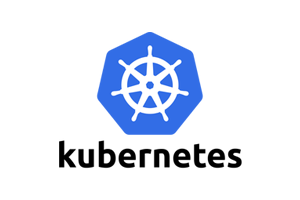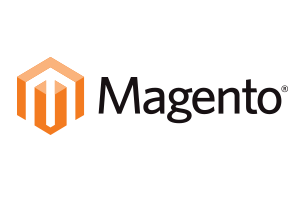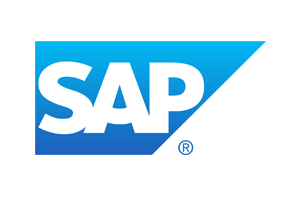Process AutomationGet all the benefits of process digitisation
An accomplished digital transformation allows low-value-added operations to be delegated to machines.
This is what Robotic Process Automation applied to business processes does. Using machine learning and AI, it manages repetitive, rules-based and people-intensive tasks by streamlining complex processes and workflows.
It is possible to use RPA technologies to automate data entry, content matching/validation and more, driving continuous improvement processes.
Applied in SaaS, RPA ensures 24/7/365 uptime and resource scalability. Obtain fully digital, compliant and cost-effective workflows.

Why choose itBenefits of RPA
Efficiency Application BOTs bring efficiency to the End to End process and improve the cost/benefit balance.
Integration Concatenate processes and applications into more efficient workflows.
Productivity Reduce execution time, optimize management and validation of data from heterogeneous sources.
Cost-effectiveness Break down time-to-market, adapt to AS IS context, preserve investment, save time and money.
Compliance Ensure compliance with regulations and policies, create measurable processes.
Scalability It can be configured and orchestrated according to current workload.
Continuity BOTs ensure 24/7/365 uptime, significantly reduce errors and notify anomalies.
Process AutomationBenefits
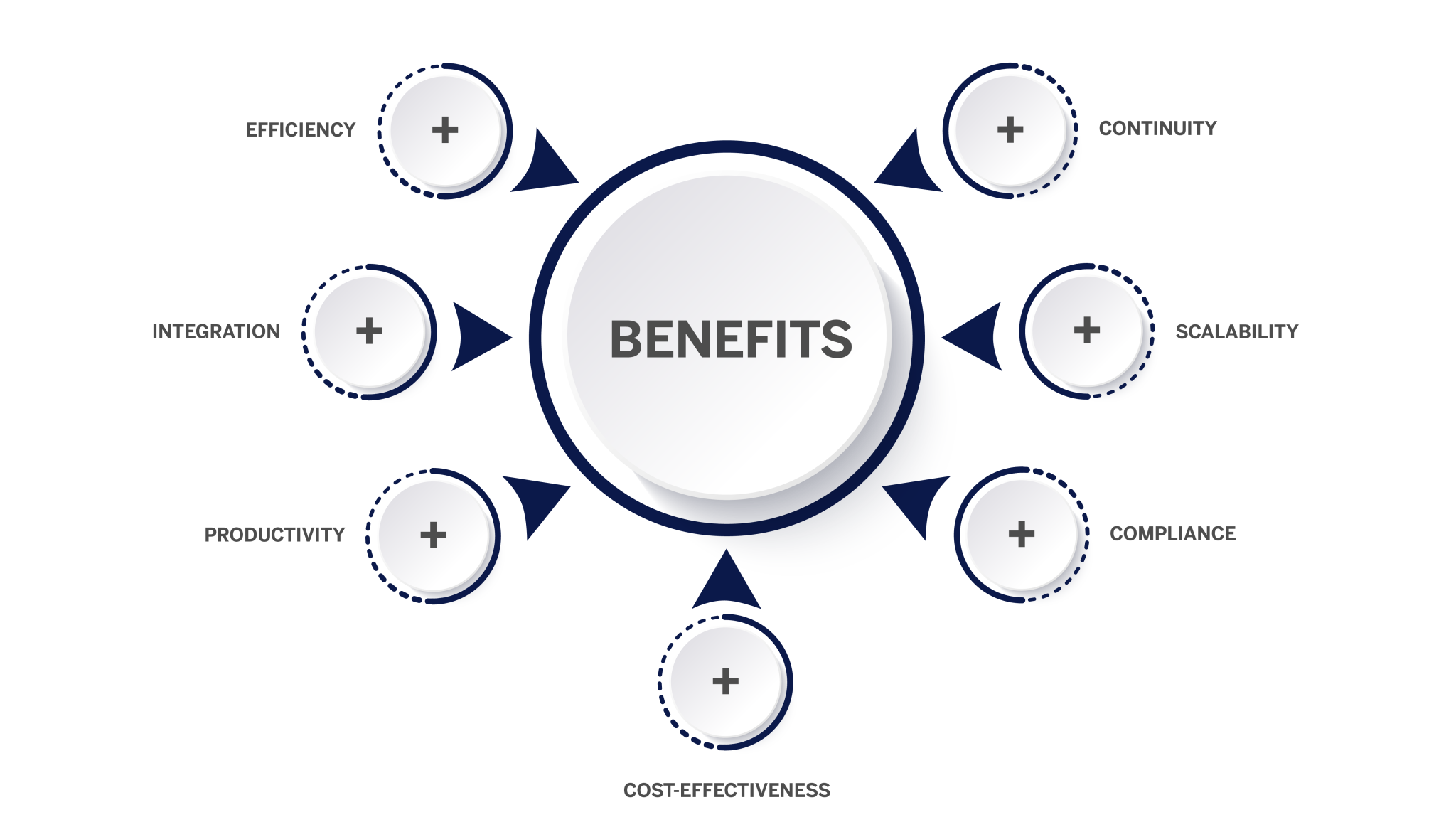
Find out how to use Robotic Process Automation
Thanks to RPA, repetitive and labour-intensive processes are digitalized, achieving management integration, measurable procedures, and productive use of resources.
RPA can improve a variety of operations, from buying and selling cycles to data validation, fostering more agile governance and tracking on process progress. Explore the main areas of application below.
Procure to Pay
With Robotic Process Automation (RPA), companies optimize their procurement processes through automated, rule-based workflows. Recurring tasks in the procure-to-pay cycle are processed more efficiently, faster and with fewer resources. RPA bots thus increase agility and control throughout procurement management.
Advantages:
- RPA replaces manual activities such as data entry, reconciliation and validation
- Faster throughput times throughout the entire procurement cycle thanks to lean processes
- Flexible adaptation of automation depending on the process load thanks to SaaS integration
- Freeing up capacity for more strategically important tasks
- Standardized and traceable processes increase control and traceability


Order to Cash
Robotic Process Automation (RPA) transforms the entire sales cycle through automated, precise and cost-efficient processes. From order entry to payment posting, RPA ensures shorter processing times, lower error rates and an improved customer experience. This makes the sales process more efficient, scalable and service-oriented across the board.
Advantages:
- Automated processes lower processing costs and reduce errors
- Faster processes and higher service quality throughout the entire sales process
- Relieving staff of repetitive tasks in favor of value-adding activities
- Precise linking of data and processes as well as automated validations
- Round-the-clock operation with SaaS solutions for maximum flexibility and reliability
Multichannel Information Management
Robotic Process Automation (RPA) on the WIIT Digital Platform enables the structured processing of heterogeneous information flows from different channels. Automated capture, matching and validation processes efficiently integrate content from digital and analog sources into existing workflows. This creates standardized, agile and legally compliant processes.
Advantages:
- Automated integration of data from app, email, paper, SMS, etc.
- Standardized processes through automatic capture, comparison and document processing
- Error-free operation thanks to rule-based processes and flexible SaaS infrastructure
- Optimum data quality for downstream applications and processes
- Compliance with legal requirements thanks to traceable and controlled data processing

